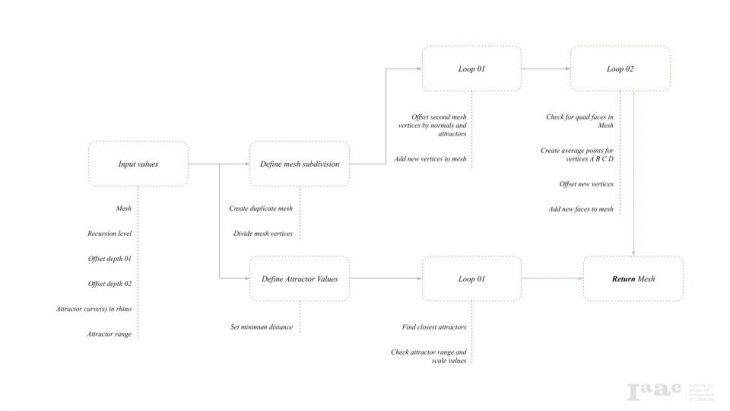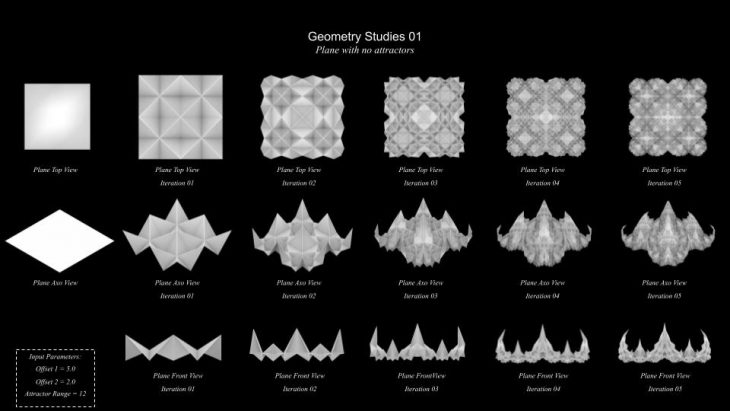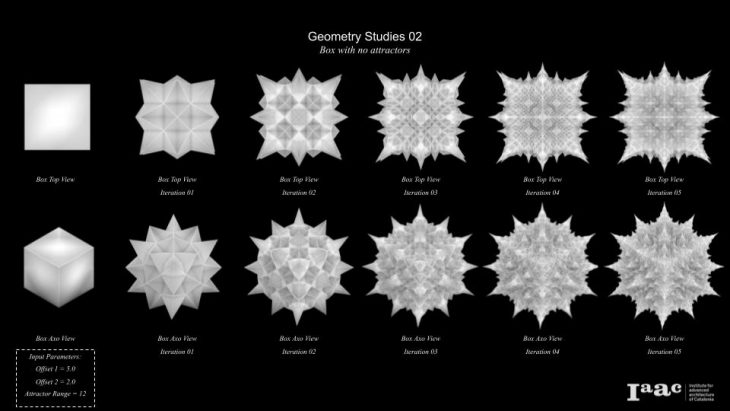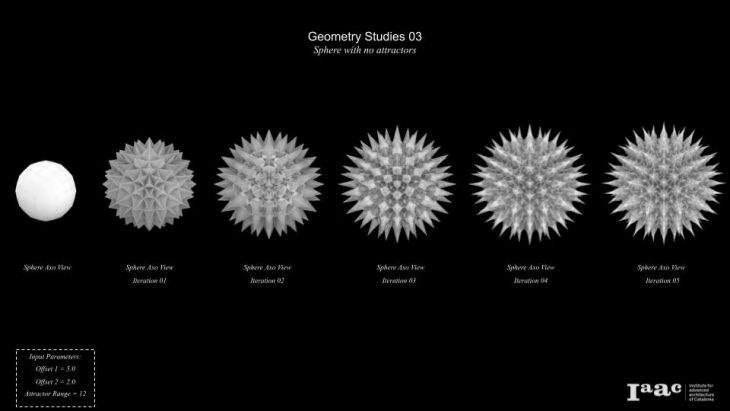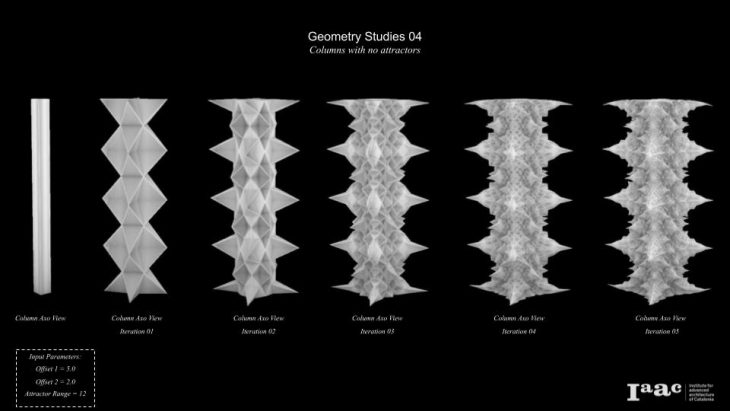Python Assignment: Mesh Subdivision
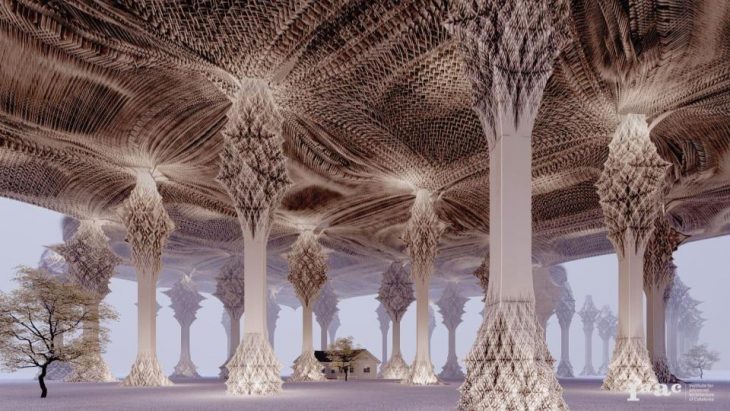
//INSPIRATION
Our inspiration came from recursions that happen in nature such as sunflowers, broccoli and trees, as well as Michael Hansmeyer’s work based on subdivision of columns that create elaborate systems of ornamentation.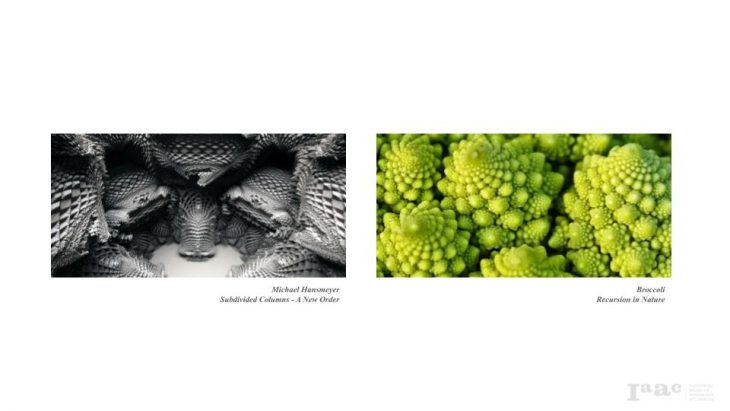
http://www.michael-hansmeyer.com/subdivided-columns
//CONCEPT
The concept is based on subdivision of mesh faces that splits them into smaller mesh faces which can be repeated several times and applied to a form. This can be taken further by creating different input offset values, recursion levels, and attractor curves.
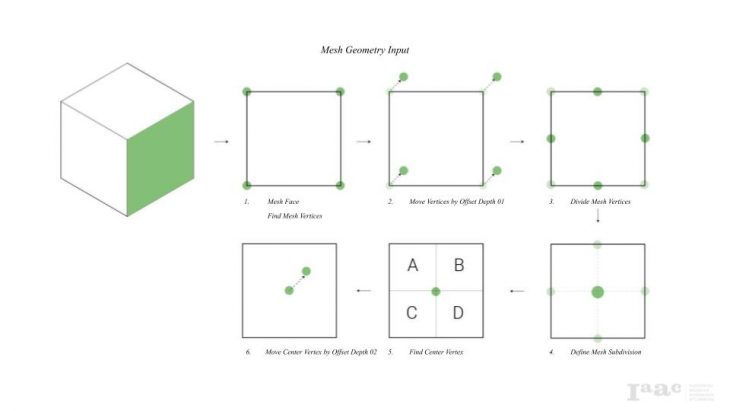
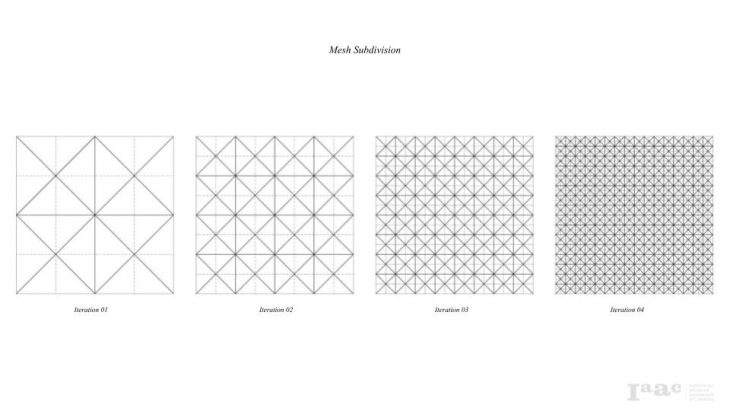
//DEFINITION LOGIC
The logic of the python code is to create two loop-based operations in order to create complex shapes that can be controlled with input variables. These input parameters are entered in grasshopper, and include the mesh, recursion level, offset depths, attractor curves and attractor range.
//GEOMETRY STUDIES
Different Mesh Shape Inputs:
In order to understand the effects of the code, different mesh shapes were inputted as part of the geometry studies. Multiple recursion levels and attractor curves were added later on.
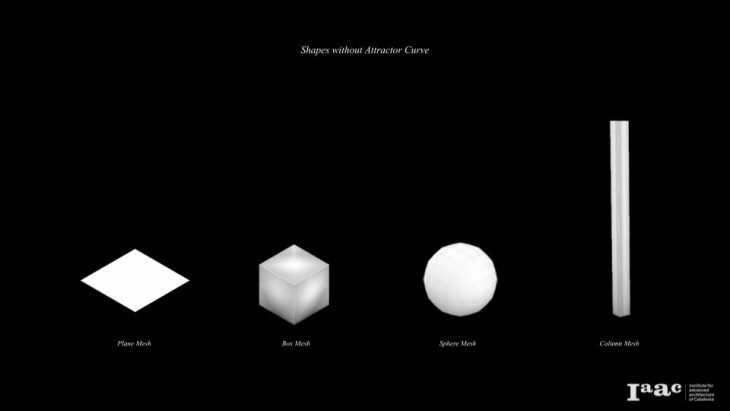
Plane Mesh:
The input parameters remain the same and applied to different mesh shapes and forms.
Box Mesh:
Sphere Mesh:
Column Mesh:
//FURTHER GEOMETRY STUDIES
Mesh Input with Attractor Curves:
Attractor curves in the form of circles and splines were then added to create a layer of complexity that could be controlled to get the most desirable outcome.
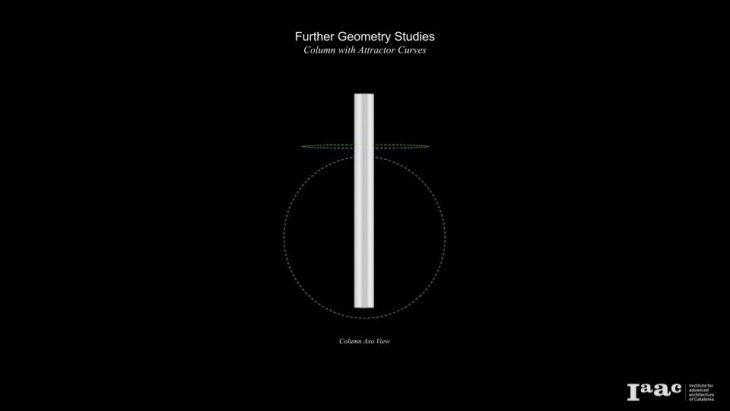
Columns:
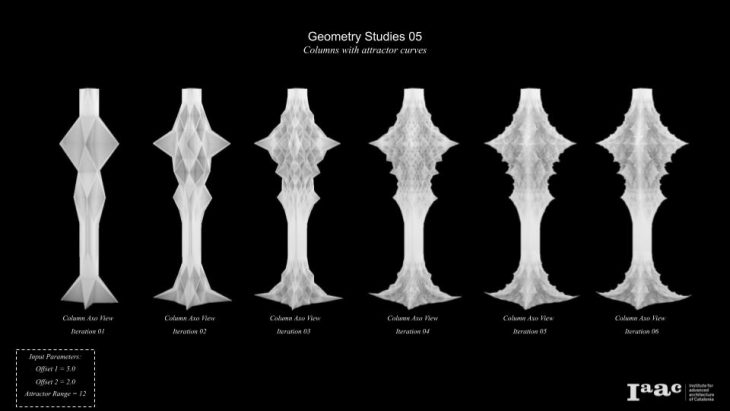
Alternative Geometries with Attractor Circles:
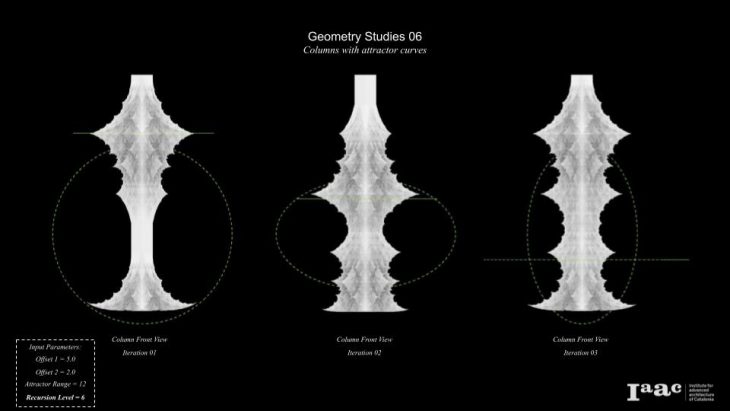
Alternative Geometries with Attractor Circles:
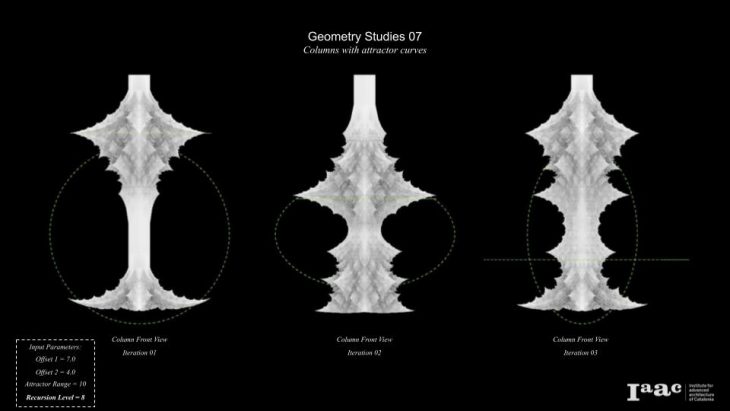
//FURTHER GEOMETRY STUDIES
Further geometry studies were carried out on the column mesh and then applied into an architectural scale.
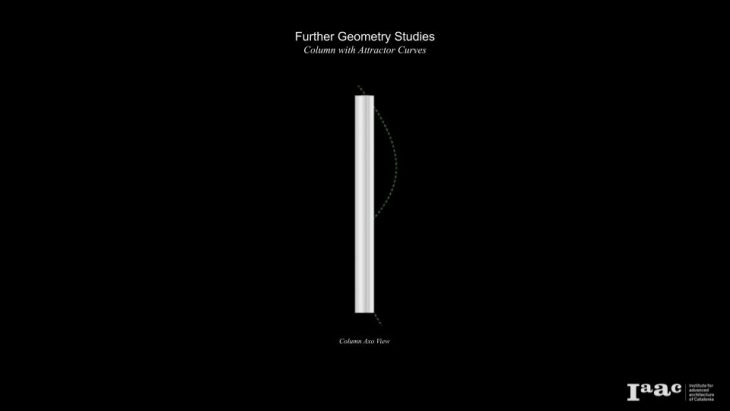
Alternative Geometries with Attractor Curves:
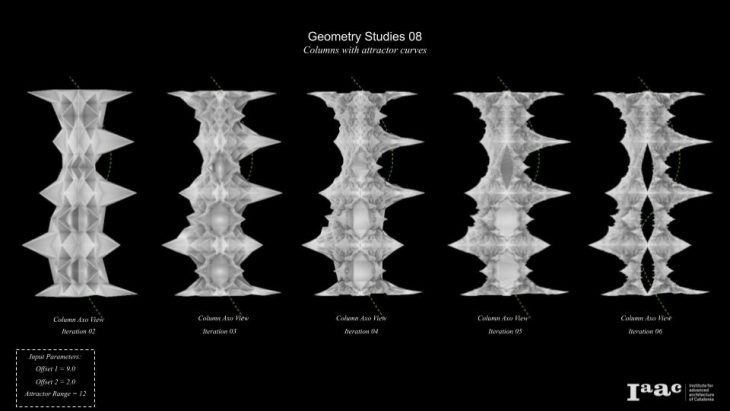
Alternative Geometries with Attractor Curves:
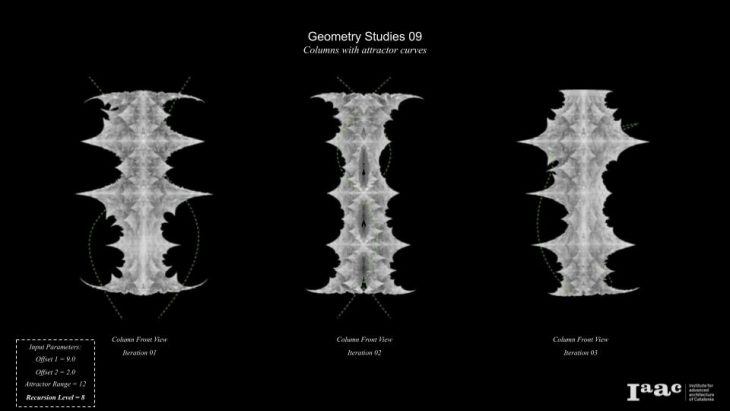
//RENDER
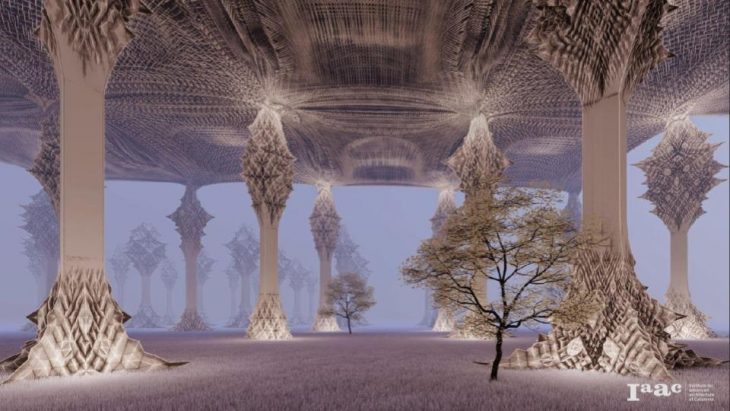
//FURTHER DEVELOPMENT
Further development on the code would be adding complexity to the input meshes, playing with different attractor curves/points and creating more iterations.
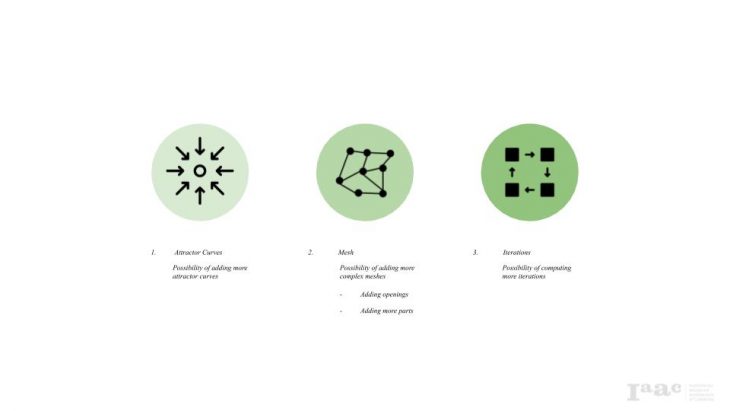
//ANIMATION
DragonSkin: Python Mesh Subdivision is a project of IAAC, Institute for Advanced Architecture of Catalonia developed in the Master in Advanced Architecture 2019/20 by:
Students: Ines Cavar, Andrea De Stasio, Ilaena Mariam Napier and Lilett Ricaurte
Faculty: Angel Muñoz
